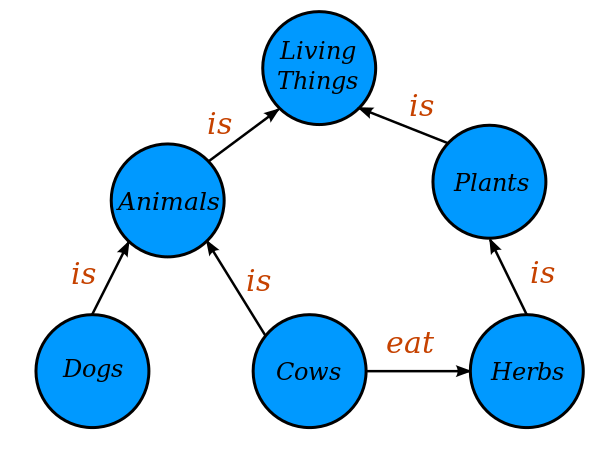Using Hugging Face Datasets
Summary
Machine learning operates on data. Essentially, it processes data to extract meaningful information, which can then be used to make intelligent decisions. This is the foundation of Artificial Intelligence. The more data you have the better your machine learning apps will be. There is a caveat though the data has to be high quality. The more data you have and the higher quality the better your apps will be.

